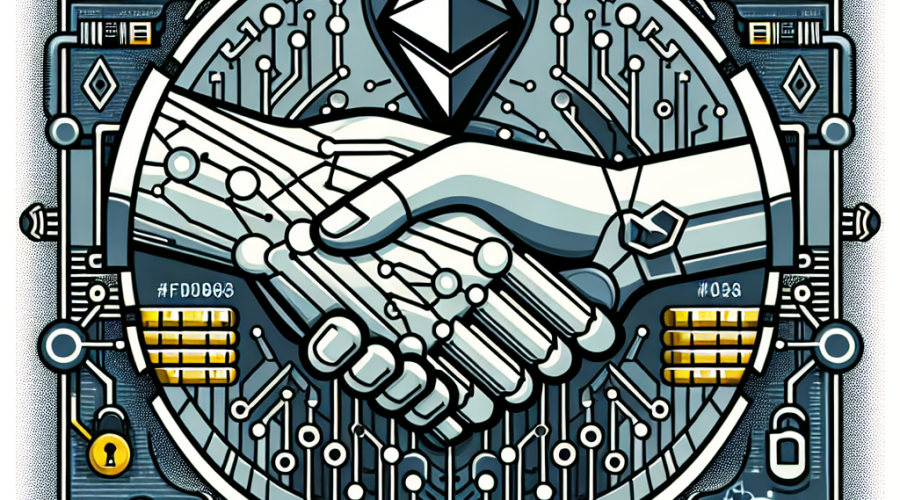A recent recommendation by a task force in Norway has generated buzz across the financial sector – the task force has advised against rushing into the adoption of a central bank digital currency (CBDC).
This task force, especially appointed to study the viability and advisability of a CBDC, relayed its findings to Norway’s Finance Minister Trygve Slagsvold Vedum. According to Finance Ministry sources, the group’s report emphasized the development of a comprehensive regulatory framework before considering future rollout of a digital currency.
Reasoning Behind the Recommendation
The task force maintains that cash still plays a crucial role to ensure secure and easily accessible payments. Despite that, they agreed that a CBDC could become a significant tool for preserving these interests somewhere in the future.
To back its recommendation, the task force referred to recent surveys. Evidently, Norway is one of the most advanced cashless societies in Europe. A survey by Norges Bank in 2023 testified that only a mere 2% of respondents employed cash for their latest face-to-face transaction.
Drawing Parallels with Sweden
The recommendations set forth by this Norwegian task force echo the recent findings in neighboring Sweden. An inquiry appointed by Sweden’s government also concluded there’s no urgent need for an e-krona and pushed the Riksbank, Sweden’s central bank, to revisit its plans.
It’s worth noting that Norway’s central bank, Norges Bank, is expected to submit its recommendations concerning the possible adoption of a CBDC in 2025. If the bank supports the adoption, it will also have to specify the desired form of the CBDC. Deputy Governor of Norges Bank, Pal Longva, has confirmed studies are ongoing on both retail and wholesale CBDC models, with the latter gaining global interest for potential usage in interbank transactions.
Looking Ahead
Exploration of a CBDC option in Norway has embarked on its fifth phase this year. This follows two years of collective research. The final verdict on the CBDC adoption is projected to be released by the end of 2025.














